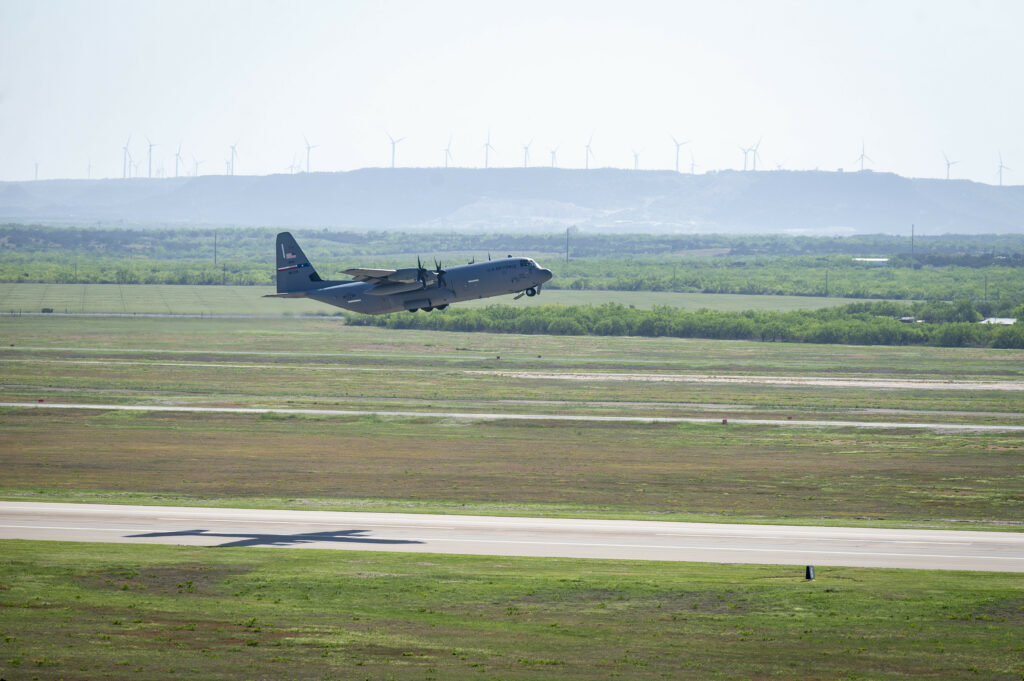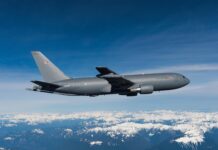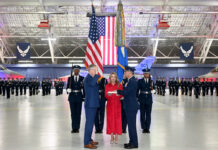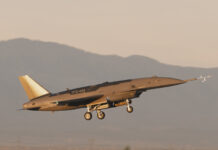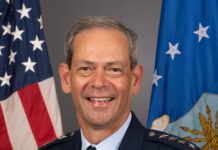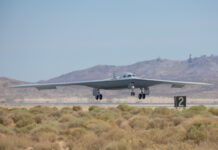The 317th Airlift Wing of the US Air Force (USAF) achieved a significant milestone on 20 April 2024 by becoming the first unit in the history of Air Mobility Command (AMC) to complete a Max Endurance Operation (MEO) with a C-130J Super Hercules transport aircraft equipped with external fuel tanks, USAF announced on 30 April.
The operation, called ‘Hazard Leap’, highlighted the wing’s extended-range capabilities and established a new standard in operational endurance.
During the operation a C-130J from the 40th Airlift Squadron embarked on 26-hour and 33-minute mission to Anderson Air Force Base (AFB) on Guam in the western Pacific Region from Dyess AFB in Texas, making just one fuel stop in Hawaii. The mission was designed to demonstrate the C-130J’s ability to operate for extended periods without stopping.
The MEO from Dyess AFB to Guam thus showcased the wing’s ability to rapidly deploy into the Indo-Pacific Area of Responsibility and be ready to immediately conduct any follow-on missions.
To accomplish the mission the team split into two fully augmented crews. Captain Anna Santori, a pilot from the 40th Airlift Squadron, stated in a USAF press release, “The external tanks have new capabilities for us, allowing us to fly farther without refuelling. It gives us about 17,000 pounds [7,711 kg] of fuel, which translates to roughly four extra hours of flying.”
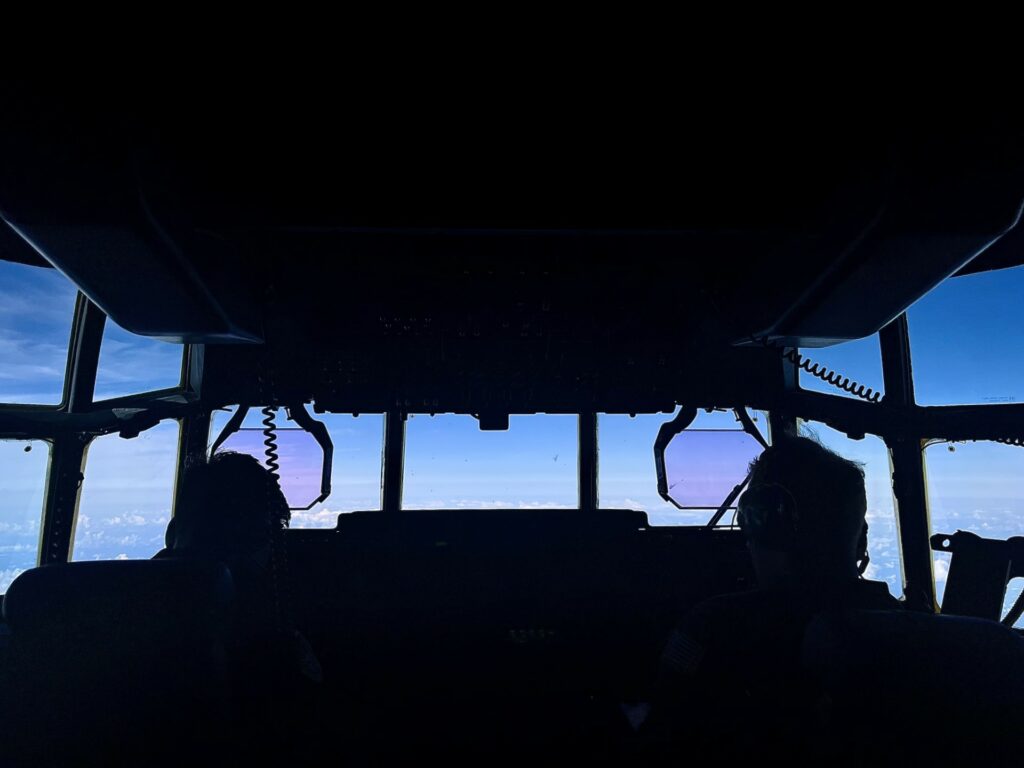
In May 2023 the 317th Airlift Wing became the first C-130J unit in AMC to experiment with external fuel tanks, the integration of which not only enhances the wing’s ability to reach remote locations in a single flight but also provides the flexibility to carry extra fuel to offload for the joint force in austere environments.
The purpose of the MEO, as Capt Santori described, is to fly as far as possible with the external tanks and refuel only once, minimising ground time and maximising range. The preparation involved careful planning of the flight route, analysing wind patterns and devising contingency plans for unforeseen circumstances such as thunderstorms or modified flight paths.
Reflecting on the significance of completing Hazard Leap, Capt Santori emphasised its implications moving forward. “Knowing that we have the capability to rapidly deploy and reach distant theatres within a shorter time frame expands the expectation of C-130s,” she stated.
“The successful completion of Hazard Leap is a testament to our team’s dedication and the remarkable capabilities of the C-130J Super Hercules,” said Major Alex Leach, the mission commander and 40th Airlift Squadron’s assistant director of operations. “This operation set a new standard for our squadron and this airframe; it serves as a stepping-stone for future missions,” he added.
Following Hazard Leap, the 317th Airlift Wing then prepared for Exercise Hazard Spear, scheduled to run until 4 May. This exercise was a pivotal training event for the wing, with a focus on declaring initial operational capability for multiple accelerated mission sets in the Indo-Pacific region and validating the wing’s ability to rapidly integrate with the joint force.
In tandem with Hazard Spear, the 317th Airlift Wing integrated with the US Marine Corps’ 4th Marine Regiment in Guam and supported Marine Aircraft Group 24 and Marine Wing Support Squadron 174 during Exercise ‘Balikatan 2024’ in the Philippines. This collaboration underscored the wing’s commitment to strengthening interoperability with allied and partner forces in the region.
